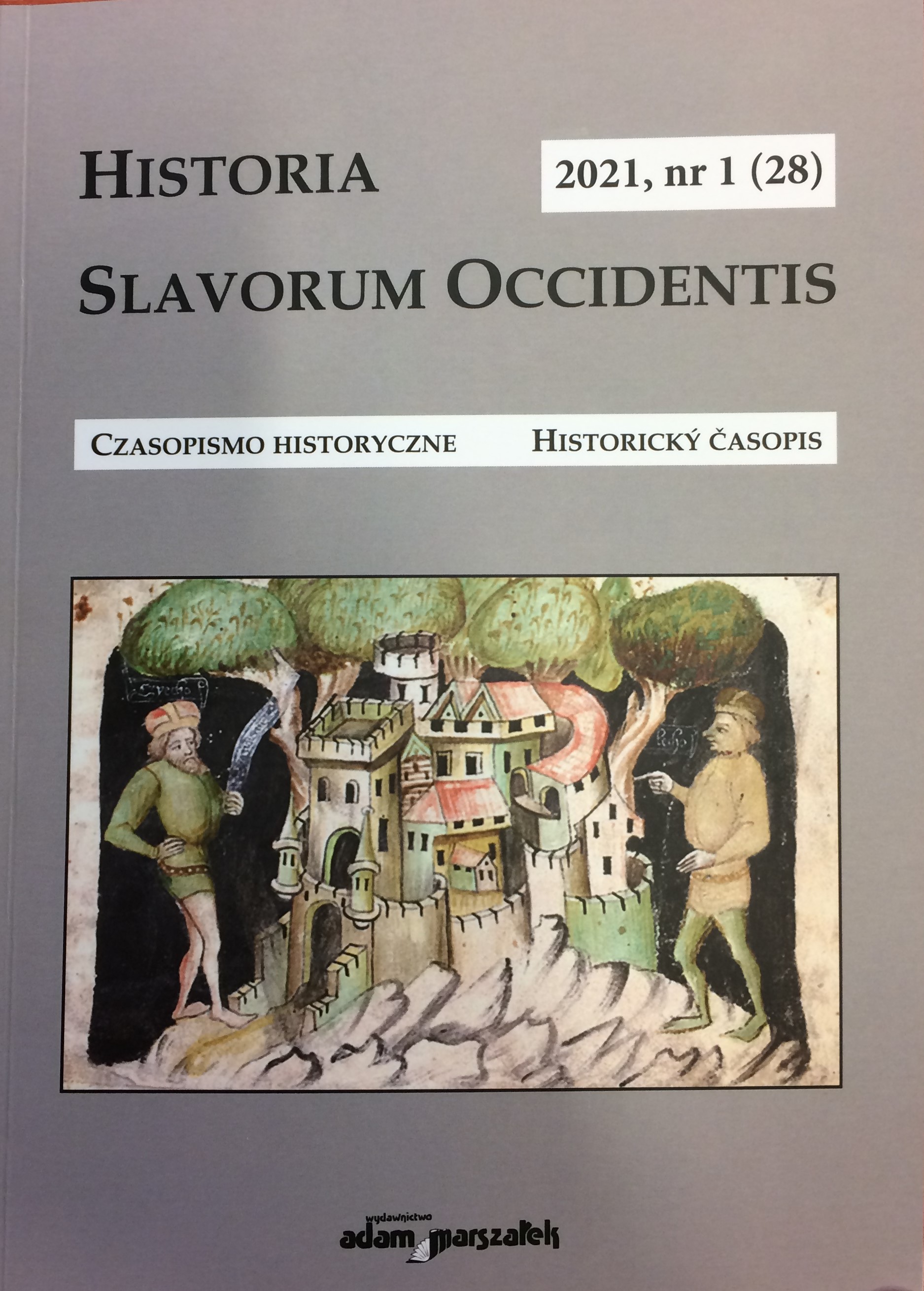Ostatni niewolni we współczesnej Europie – relikty poddaństwa na Spiszu i ich zniesienie w latach trzydziestych XX w.
The last slaves in modern Europe - relics of serfdom in the Spiš region and their abolition in the 1930s.
Author(s): Wojciech Baran-KozłowskiSubject(s): History
Published by: Wydawnictwo Adam Marszałek
Keywords: Spiš; Second Polish Republic; serfdom; act of Polish Parliament of 20 March 1931
Summary/Abstract: In Polish Spiš, incorporated on 28 July 1920 into the Second Polish Republic, there were three villages (Niedzica, Falsztyn and Niżne Łapsze) which belonged to two related families (the Salamons and the Jungenfelds). These villages were relics of feudalism in the form of serfdom of one of the categories of local peasants referred to as “żelarze”. This problem, solved in two stages in Hungary in 1848 and 1896, in Polish Spiš was not elimi-nated until 20 March 1931 when a legal act led to enfranchisement of “żelarze” by way of purchase over the next three years.
Journal: Historia Slavorum Occidentis
- Issue Year: 28/2021
- Issue No: 1
- Page Range: 104-117
- Page Count: 14
- Language: Polish

